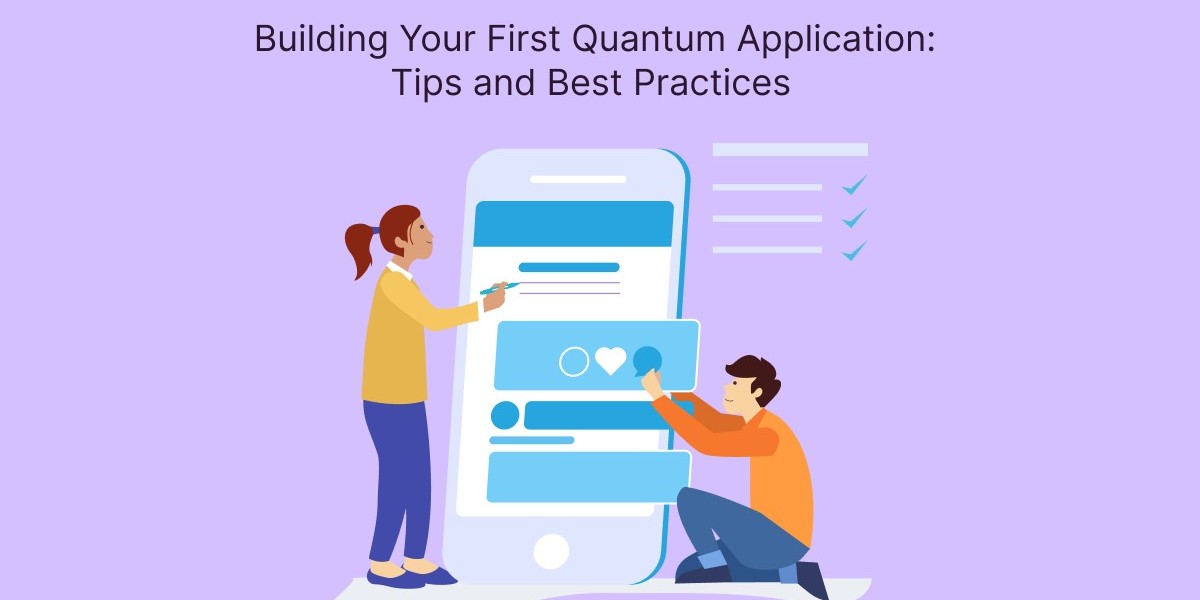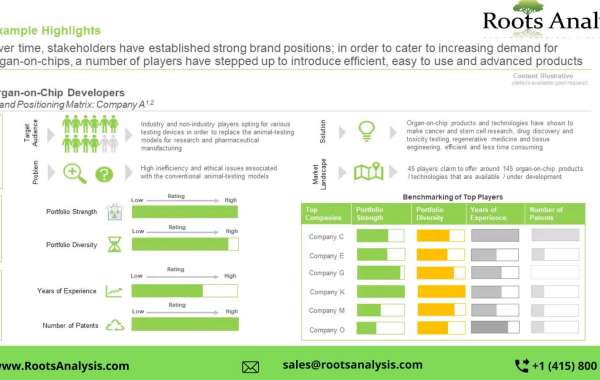Quantum computing is on the verge of transforming the way we solve complex problems, and as this field grows, developers are increasingly turning their attention to quantum application development. Building a quantum application can be an exciting but challenging endeavor. The combination of quantum mechanics and traditional software development requires new tools, approaches, and an understanding of quantum theory.
Discover essential tips and best practices for successful Quantum App Development in our comprehensive guide. In this guide, we’ll walk you through the steps to build your first quantum application, providing tips and best practices to help you succeed in this emerging field.
Understanding Quantum Computing Fundamentals
What Is Quantum Computing?
Quantum computing is based on the principles of quantum mechanics, which govern the behavior of particles at the smallest scales. Unlike classical computing, which relies on bits that are either 0 or 1, quantum computing uses quantum bits or qubits, which can exist in multiple states at once, thanks to superposition. This allows quantum computers to perform complex calculations exponentially faster than classical computers for certain tasks, such as cryptography, optimization, and drug discovery.
To effectively build a quantum application, understanding the fundamental principles of quantum computing is essential. Some of the core concepts you should familiarize yourself with include:
- Superposition: The ability of a qubit to be in a state that is a combination of both 0 and 1.
- Entanglement: A phenomenon where the state of one qubit is linked to the state of another, no matter how far apart they are.
- Quantum gates: Operations that manipulate qubits in a quantum circuit, similar to logical gates in classical circuits.
- Quantum circuits: A series of quantum gates and measurements that work together to perform a specific computation.
Why Build a Quantum Application?
Quantum applications have the potential to solve problems that are difficult or even impossible for classical computers. For instance, quantum algorithms can:
- Enhance optimization: Quantum computing can solve complex optimization problems faster and more efficiently.
- Improve machine learning: Quantum machine learning algorithms can analyze data at unprecedented speeds, providing new insights.
- Revolutionize cryptography: Quantum computers can break existing cryptographic schemes, leading to the creation of new, quantum-safe algorithms.
By building your first quantum application, you not only tap into this power but also position yourself at the cutting edge of technology.
Getting Started with Quantum Application Development
Choose the Right Quantum Programming Language
Before diving into coding your quantum application, it's important to select the right quantum programming language. Several languages and frameworks are available, each designed to simplify quantum development. Here are a few popular options:
- Qiskit: Developed by IBM, Qiskit is an open-source quantum computing framework that integrates easily with Python. It’s ideal for developers starting out with quantum programming, as it provides a variety of tools to design and simulate quantum circuits.
- Q#: Developed by Microsoft, Q# is a high-level programming language specifically for quantum algorithms. It is integrated with Microsoft’s Azure Quantum platform, offering cloud-based quantum computing services.
- Cirq: Google’s open-source quantum framework, Cirq, is designed for quantum circuit creation, simulation, and execution. It is Python-based and best suited for developers working with Google’s quantum hardware.
- Quipper: Quipper is a functional programming language designed for quantum computation. It allows the creation of high-level quantum algorithms.
Set Up Your Development Environment
Once you’ve chosen a quantum programming language, setting up the development environment is the next step. Most quantum frameworks have cloud-based platforms where you can run your quantum applications on actual quantum computers or simulators. For instance:
- IBM Quantum Experience: IBM offers free access to their quantum computers via the IBM Quantum Experience platform, where you can run your Qiskit-based programs.
- Microsoft Azure Quantum: With Azure Quantum, you can build and test quantum applications using Q# in the cloud, giving you access to a variety of quantum simulators and hardware.
- Google’s Quantum AI: Google provides tools to build quantum circuits using Cirq, and its cloud platform supports running applications on the Sycamore processor.
Best Practices for Building Quantum Applications
Leverage Quantum Simulators
Quantum simulators are an invaluable tool when developing quantum applications. They allow you to test quantum algorithms without the need for actual quantum hardware, which can be expensive and difficult to access. By simulating your quantum circuits, you can troubleshoot, optimize, and gain insights into how your quantum algorithms will perform on real hardware.
Many quantum platforms, like IBM’s Qiskit and Microsoft’s Azure Quantum, offer simulators that mimic the behavior of quantum computers, enabling developers to test their applications on a classical computer before scaling up.
Start with Small Algorithms
Quantum computers have unique constraints, such as limited qubits and noise in quantum gates. When building your first quantum application, it’s important to start small. Begin with basic algorithms, such as Grover’s search algorithm or Shor’s factoring algorithm, which are relatively simple yet demonstrate the power of quantum computing.
As you gain more experience, you can gradually build more complex applications, such as quantum machine learning algorithms or quantum cryptography tools.
Understand Quantum Circuit Design
Designing a quantum circuit is a fundamental skill for quantum application development. To design an efficient quantum circuit, it’s important to consider the following:
- Minimize gate usage: Quantum gates are costly in terms of both time and resources. Optimizing your circuit to use fewer gates can improve the performance of your application.
- Use quantum error correction: Quantum systems are prone to noise and errors, which can degrade the performance of your algorithm. Implementing quantum error correction techniques can help mitigate these issues.
- Consider parallelism: Quantum circuits have the ability to perform operations in parallel, thanks to superposition. Utilize this feature to optimize the execution of your algorithm.
Test and Debug Efficiently
Debugging quantum applications can be more challenging than classical ones due to the inherent complexity of quantum states. To effectively test and debug your quantum programs:
- Use print statements: In quantum programming, you can print the measurements' results. This is crucial for understanding how your quantum circuit behaves.
- Check for entanglement: Ensure that qubits are properly entangled, as errors in entanglement can lead to incorrect results.
- Simulate before deploying: Always run your algorithms on simulators before deploying them to real quantum hardware. This allows you to detect errors and optimize your application.
Conclusion
Building your first quantum application can be an exciting yet challenging journey. By understanding the fundamentals of quantum computing, choosing the right tools, and following best practices, you can develop efficient and innovative quantum applications. Remember to start small, test frequently, and take advantage of the simulators and resources available in the quantum development community. Learn valuable tips and best practices for building your first quantum application from experts at a top on-demand app development company. Start your quantum journey today!
As quantum computing continues to evolve, being able to build and deploy quantum applications will place you at the forefront of technology. By following the tips and best practices outlined in this guide, you can embark on your quantum application development journey with confidence.










